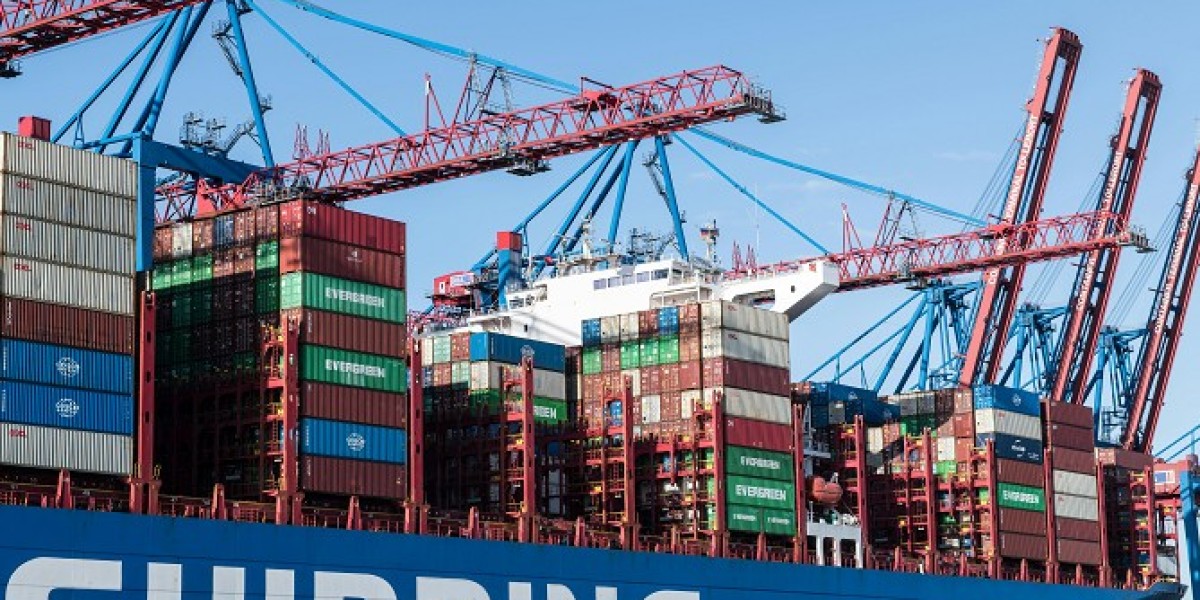In today’s competitive market, businesses are constantly seeking ways to optimize their logistics and reduce operational costs. One effective solution that has gained traction is railway transportation. As a reliable and cost-efficient mode of shipping, railway transportation offers numerous advantages that can significantly lower your shipping costs while ensuring timely delivery of goods. This article explores how railway transportation can be a game changer for your logistics strategy.
Cost Efficiency of Railway Transportation
Railway transportation is renowned for its cost efficiency compared to other modes of transport, such as trucking or air freight. The ability to move large volumes of goods over long distances at a lower cost per ton-mile makes it an attractive option for businesses looking to reduce shipping expenses. Moreover, railway systems are designed to handle bulk shipments, allowing companies to take advantage of economies of scale. By integrating railway transportation into your supply chain, you can effectively minimize your overall shipping costs, enabling you to allocate resources to other critical areas of your business.
Environmental Benefits
In addition to cost savings, railway transportation is also an environmentally friendly option. Trains produce significantly lower greenhouse gas emissions per ton of freight transported compared to trucks. This reduction in carbon footprint not only aligns with global sustainability goals but can also enhance your brand’s reputation. Companies that prioritize environmentally conscious logistics solutions can appeal to a growing segment of eco-aware consumers, potentially boosting sales and customer loyalty.
Reliability and Timeliness
Another advantage of railway transportation is its reliability. Rail networks are less susceptible to traffic congestion and adverse weather conditions, which often disrupt road transport. This reliability ensures that your shipments arrive on time, reducing the risk of delays that can negatively impact your business operations. Furthermore, many railway companies offer tracking systems that provide real-time updates on shipment status, allowing businesses to plan and manage their logistics more effectively.
Flexibility and Accessibility
Railway transportation is not only cost-effective but also flexible. With an extensive network of railroads, businesses can reach diverse markets efficiently. Additionally, many rail services offer intermodal options, allowing for seamless transitions between rail and other transport modes, such as trucks or ships. This flexibility enables businesses to design customized shipping solutions that cater to their specific needs, ultimately leading to enhanced operational efficiency and reduced shipping costs.
Conclusion
In conclusion, railway transportation is a highly effective solution for businesses aiming to reduce shipping costs while maintaining reliability and environmental responsibility. By leveraging the cost efficiency, environmental benefits, reliability, and flexibility of railway transportation, companies can enhance their logistics strategies and ultimately improve their bottom line. Embracing railway transportation as a key component of your supply chain can lead to significant savings and a more sustainable future for your business.








